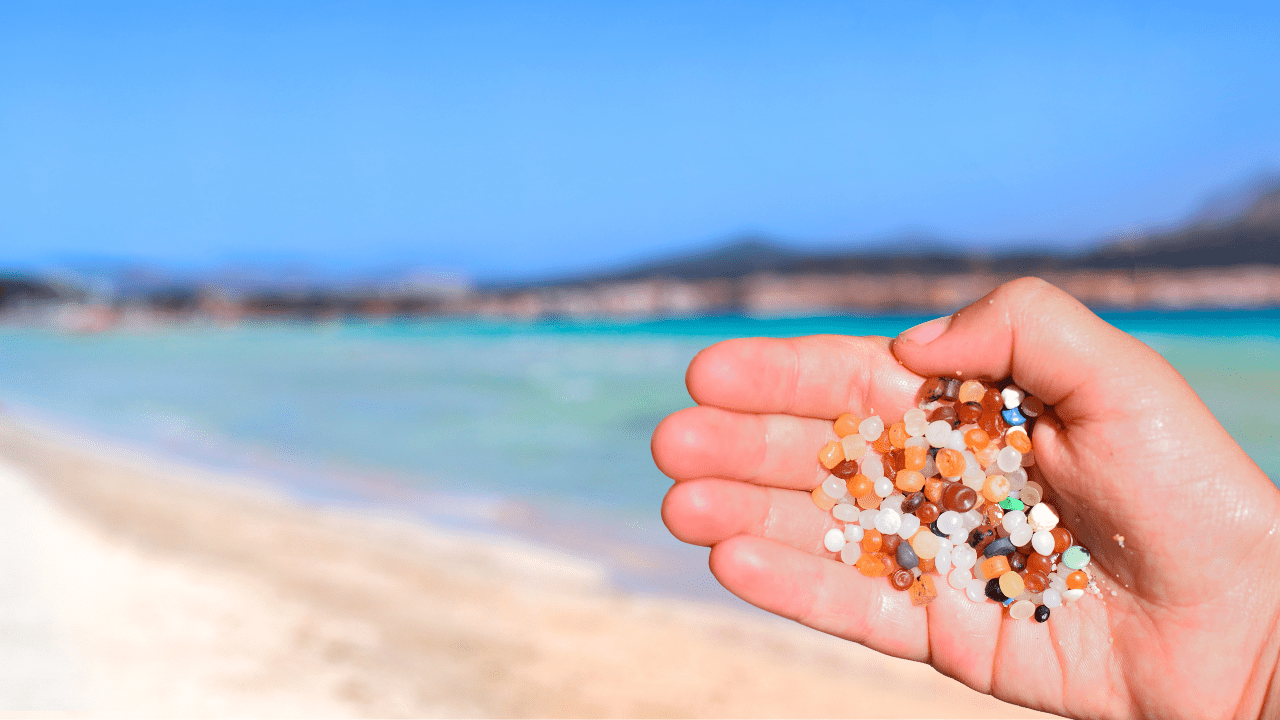All of the products listed in our catalogs and on our website denote their respective chemical compatibility rating. But what do those ratings mean? This video will help you to decipher those ratings to ensure you’re using the right product for your spill containment and spill response needs.
TRANSCRIPT:
The topic for this session is chemical compatibility which can be a very significant issue when it comes to spill containment and spill response products. Some of you may have seen the title of this video and thought, “well… that seems a bit unnecessary, a product is either compatible with a chemical or it’s not”.
And that is certainly one way to look at it. And it is certainly the safe and cautious way to look at it. But once you know how chemical compatibility ratings are determined, you may have a different opinion.
But first, the basics. When determining if a certain chemical will be compatible with an UltraTech product, you simply go to our website, or catalog, look up the chemical and find out the rating.
- A means it’s suitable for long-term storage or exposure
- B means it’s suitable for short-term storage or exposure
- And C means it is NOT suitable.
But where do those As, Bs, and Cs come from? How are they determined?
First, it should be noted that these compatibility guides are NOT based on UltraTech’s testing. They are based on published information from leading manufacturers of polyethylene, polyurethane, and other such materials.
For purposes of this discussion, we will use polyethylene as an example since it is most widely used in our products.
In order to determine the compatibility with a certain chemical, a piece of polyethylene is immersed in that chemical. It is then left immersed for a period of one-year. It is then removed and based on damage, swelling, degradation and other factors, the rating is determined. So while this process makes perfect sense for PRIMARY containment. It’s considerable overkill for SECONDARY containment. After all, secondary or spill containment products are not designed to hold spilled chemicals for a year… more like a few hours, maybe a day… or a week at the most.
So what do you do if you find that the chemical that is going to be stored on an UltraTech product is listed as “Not Suitable”. Well… as previously discussed, you could choose to take that C rating as the final answer. Or… you could contact us and let us know the situation. We may have an answer for you based on past testing or history.
If not, a final option is to do your own test. We will send you a sample of material and you can try it out for yourself. You can immerse it for a week or two, or a month… it’s entirely up to you. After that period (whatever it may be), remove the sample and inspect it. You may find that for the shorter term (less than a year) exposure it does just fine.
Please keep in mind that this final determination is yours and only yours.
We hope that this session has helped you to better understand chemical compatibility if you have any questions, please feel free to contact us at (904) 288-8195 or via our website at www.spillcontainment.com






